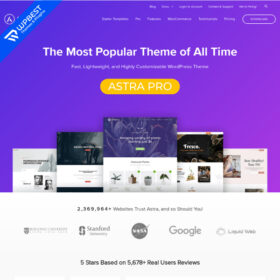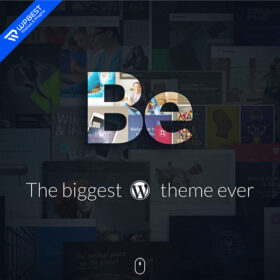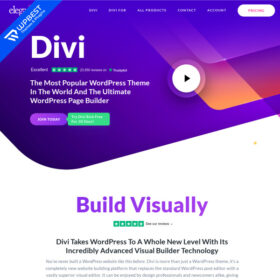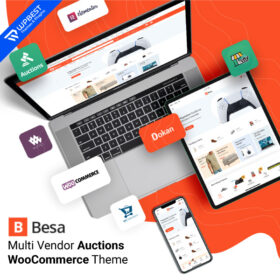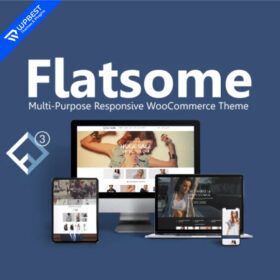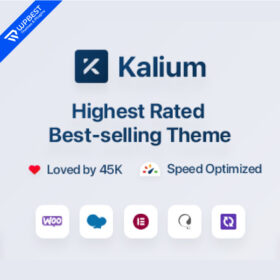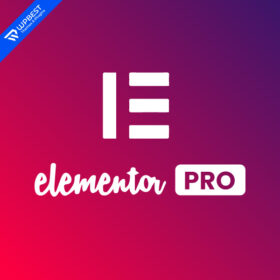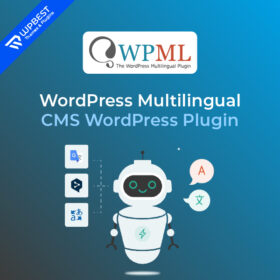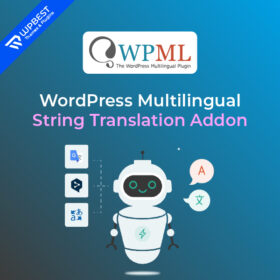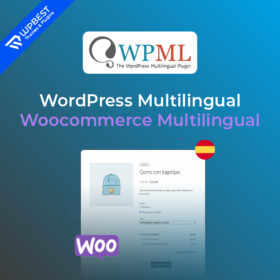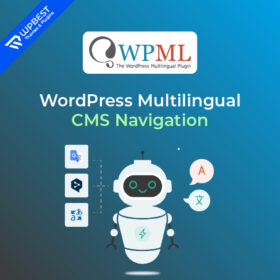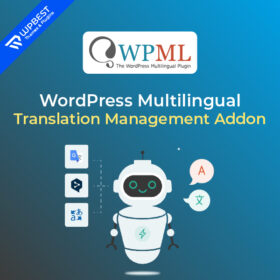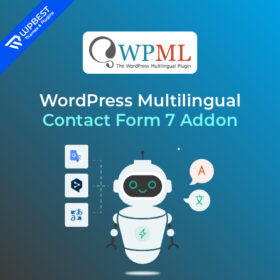- Your cart is empty
- Continue Shopping
Popular WordPress
Themes & Plugins
Elevate your web presence and functionality today with our extensive library of top-notch plugins and themes. Gain access to over 200+ premium plugins and themes that cater to every aspect of your website. Stay ahead with regular updates, ensuring that your plugins and themes are always at their best.

Popular Themes
Phlox Pro – Elementor MultiPurpose WordPress Theme
$ 3,45Current price is: $ 3,45.$ 39,00 Original price was: $ 39,00.
Avada – Website Builder For WordPress & WooCommerce
$ 3,45Current price is: $ 3,45.$ 69,00 Original price was: $ 69,00.
WoodMart – Multipurpose WooCommerce Theme
$ 3,45Current price is: $ 3,45.$ 59,00 Original price was: $ 59,00.
Electro – Electronics Store WooCommerce Theme
$ 3,45Current price is: $ 3,45.$ 59,00 Original price was: $ 59,00.
Porto | Multipurpose & WooCommerce Theme
$ 3,45Current price is: $ 3,45.$ 59,00 Original price was: $ 59,00.
Astra Pro – The Most Popular Theme of All Time
$ 3,45Current price is: $ 3,45.$ 59,00 Original price was: $ 59,00.
Betheme | Responsive Multipurpose WordPress & WooCommerce Theme
$ 3,45Current price is: $ 3,45.$ 60,00 Original price was: $ 60,00.
Divi Theme | The Ultimate WordPress Theme & Visual Page Builder
$ 3,45Current price is: $ 3,45.$ 60,00 Original price was: $ 60,00.
Besa – Elementor Marketplace WooCommerce Theme
$ 3,45Current price is: $ 3,45.$ 59,00 Original price was: $ 59,00.
Flatsome – Multi-Purpose Responsive WooCommerce Theme
$ 3,45Current price is: $ 3,45.$ 59,00 Original price was: $ 59,00.
KALLYAS – Creative eCommerce Multi-Purpose WordPress Theme
$ 3,45Current price is: $ 3,45.$ 69,00 Original price was: $ 69,00.
Kalium – Creative Multipurpose WordPress & WooCommerce Theme
$ 3,45Current price is: $ 3,45.$ 69,00 Original price was: $ 69,00.
Popular Plugins
Elementor Pro – Your Ultimate Web Design Powerhouse
$ 3,45Current price is: $ 3,45.$ 199,00 Original price was: $ 199,00.
WP Rocket – An All-In-One Web Performance Plugin
$ 3,45Current price is: $ 3,45.$ 199,00 Original price was: $ 199,00.
Yoast SEO Premium – Everything you need for SEO
$ 3,45Current price is: $ 3,45.$ 99,00 Original price was: $ 99,00.
Slider Revolution – Responsive WordPress Plugin
$ 3,45Current price is: $ 3,45.$ 109,00 Original price was: $ 109,00.
WPBakery – Page Builder for WordPress
$ 3,45Current price is: $ 3,45.$ 64,00 Original price was: $ 64,00.
WPML – CMS WordPress Plugin
$ 3,45Current price is: $ 3,45.$ 79,00 Original price was: $ 79,00.
WPML – String Translation Addon
$ 3,45Current price is: $ 3,45.$ 29,00 Original price was: $ 29,00.
WPML – Woocommerce Multilingual
$ 3,45Current price is: $ 3,45.$ 29,00 Original price was: $ 29,00.
WPML – CMS Navigation
$ 3,45Current price is: $ 3,45.$ 29,00 Original price was: $ 29,00.
WPML – Translation Management Addon
$ 3,45Current price is: $ 3,45.$ 29,00 Original price was: $ 29,00.
WPML – Yoast SEO Addon
$ 3,45Current price is: $ 3,45.$ 29,00 Original price was: $ 29,00.
WPML – Contact Form 7 Addon
$ 3,45Current price is: $ 3,45.$ 29,00 Original price was: $ 29,00.
9% Back In Rewards
Free to join
Free Shipping
Orders from $99
Lowest Price
45-day matching
Gift Vouchers
Daily Sunday







